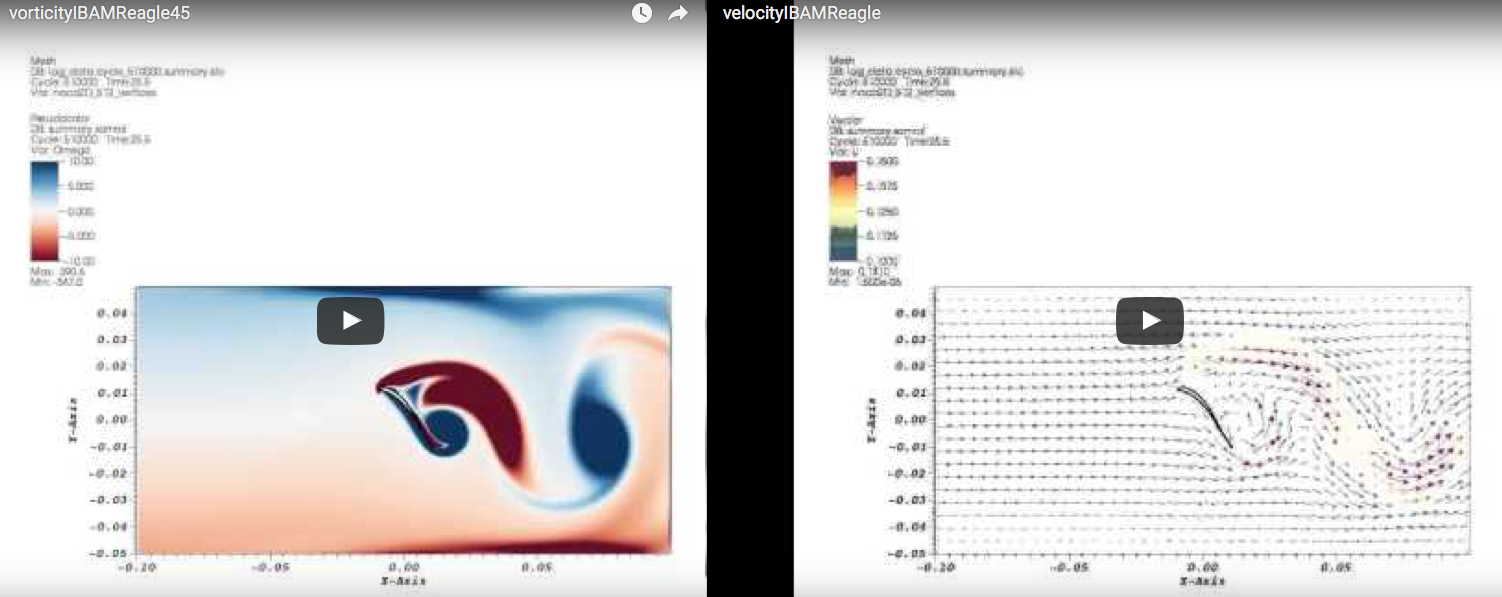Two sub-projects explore the aerodynamics of early flight. These are offered through the UNC Department of Physics and Astronomy, Summer 2015 Computational Astronomy and Physics Research Experience for Undergraduates Program (CAP/REU).
- Project #1 – Wind Tunnel Analysis: Early Aviation (Joseph Smith)
Test and analyze models of early aviation device in the UNC wind tunnel. Based on the analysis, will produce physical models, to be realized with 3D printer. These models will be used to practice design and prototyping skills, constructing scale models of an early flight device. Construct models based on mockups produced by an interdisciplinary research team, but may also produce alternative models. Will also write and develop Matlab codes to record and analyze force data taken in the wind tunnel. [Matlab]. Major Questions: If we shrink down our human flier to something on the order of 1 ft, how do the aerodynamic forces and flow fields compare to a flying squirrel or similarly sized animals that glide? How do the aerodynamic forces between the smaller scale model and an actual human compare? (This second question will be answered in collaboration with Project 2.)
- Project #2 – Simulating Early Aviation (Aaron Scheets)
Mathematically model the mechanics of early human flight using computational fluid dynamics, incorporating interest and skills in engineering, scientific computing and coding, and fluid dynamics. To begin, will use mesh generating programs such as gmsh to create a simplified model of the early aviator. FLUENT and IBAMR will be used to simulate the flow around the model and to determine the lift forces generated. [Will use: python, FLUENT, IBAMR, Visit]. Major Questions: Using numerical simulations, what would the flow fields look like around the human flier? What would the aerodynamic forces be on a human flier? How do these compare to a 1 ft model? (Last question in collaboration with Project 1).

